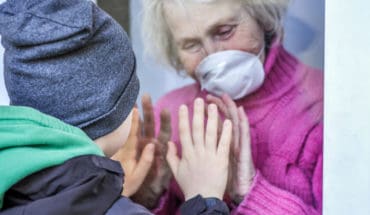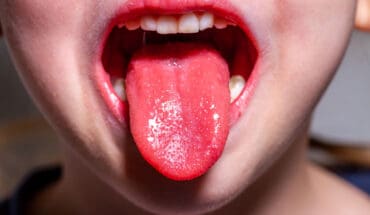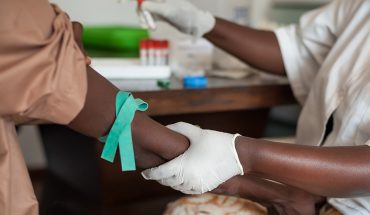The European Centre for Disease Prevention and Control ECDC has reviewed the criteria to be considered when deciding whether a confirmed COVID-19 case can be safely (i.e. without being infectious) discharged from hospital or released from home isolation.
Their report answers the following working questions:
- What is the duration of SARS-CoV-2 virus shedding in bodily fluids of symptomatic patients after remission of symptoms?
- What is the duration of SARS-CoV-2 virus shedding in bodily fluids of asymptomatic patients?
- Which tests are available to document the lack of infectivity in a previously diagnosed infection?
- What is the longest documented transmission from an asymptomatic person?
Report Conclusions:
When deciding on criteria for hospital discharge of COVID-19 patients, health authorities should take into
account several factors such as the existing capacity of the healthcare system, laboratory diagnostic resources,
and the current epidemiological situation.
In the early stages of SARS-CoV-2 spread (limited number of cases and no apparent sustained transmission: scenarios 1 and 2 in ECDC’s Rapid Risk Assessment – fifth update) and with no pressure on healthcare facilities and optimal laboratory testing capacity, COVID-19 patients may be discharged from hospital and moved to home care (or other types of non-hospital care and isolation) based on:
- clinical criteria (e.g. no fever for > 3 days, improved respiratory symptoms, pulmonary imaging showing
obvious absorption of inflammation, no hospital care needed for other pathology, clinician assessment) - laboratory evidence of SARS-CoV-2 clearance in respiratory samples; 2 to 4 negative RT-PCR tests for
respiratory tract samples (nasopharynx and throat swabs with sampling interval ≥ 24 hours). Testing at a
minimum of 7 days after the first positive RT-PCR test is recommended for patients that clinically improve
earlier. - Serology: appearance of specific IgG when an appropriate serological test is available.
In the context of sustained widespread transmission (scenario 3 and 4 in ECDC’s Rapid Risk Assessment – fifth
update) with increasing pressure on healthcare systems or when healthcare facilities are already overwhelmed
and laboratory capacity is restrained, alternative algorithms for hospital discharge of COVID-19 patients are
warranted.
The discharge from hospital of mild cases – if clinically appropriate – may be considered, provided that they are placed into home care or another type of community care. After discharge, 14 days of further isolation with regular health monitoring (e.g. follow-up visits, phone calls) can be considered, provided the patient’s home is equipped for patient isolation and the patients takes all necessary precautions (e.g. single room with good ventilation, face-mask wear, reduced close contact with family members, separate meals, good hand sanitation, no outdoor activities) in order to protect family members and the community from infection and further spread of SARS-CoV-2.
Due to increasing evidence of virus shedding through faeces by convalescent patients, particularly children, recommendations for careful personal hygiene precautions after de-isolation are warranted.
Read full report from the ECDC here.
The COVID-19 pandemic is rapidly evolving, and outbreak investigations are ongoing. ECDC is closely monitoring this outbreak, providing risk assessments, public health guidance, and advice on response activities to EU Member States and the EU Commission.
ECDC provides a desk review of existing guidance documents and protocols from national and international organisations and a convenient search of peer-reviewed publications. It is an EU agency aimed at strengthening Europe’s defences against infectious diseases. The core functions cover a wide spectrum of activities: surveillance, epidemic intelligence, response, scientific advice, microbiology, preparedness, public health training, international relations, health communication, and the scientific journal Eurosurveillance.
Their disease programmes cover antimicrobial resistance and healthcare-associated infections; emerging and vector-borne diseases; food- and waterborne diseases and zoonoses; HIV, sexually transmitted infections and viral hepatitis; influenza and other respiratory viruses; tuberculosis; and vaccine-preventable diseases.
- Gut microbiome could delay onset of type 1 diabetes - 3rd April 2025
- The da Vinci 5 Robot Is Set To Transform Bariatric Care: - 31st March 2025
- Beyond money: the hidden drivers fuelling child food insecurity - 31st March 2025






